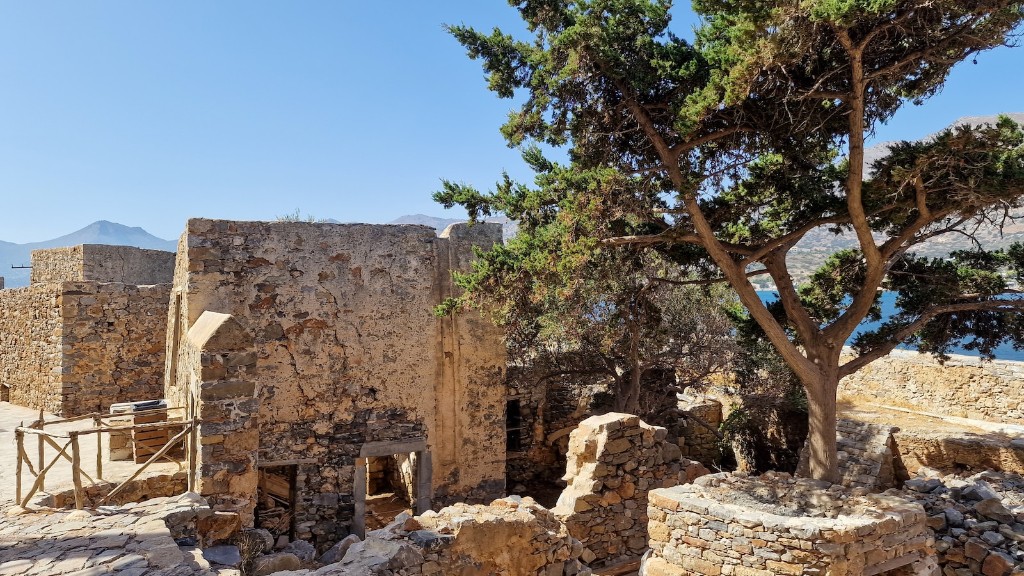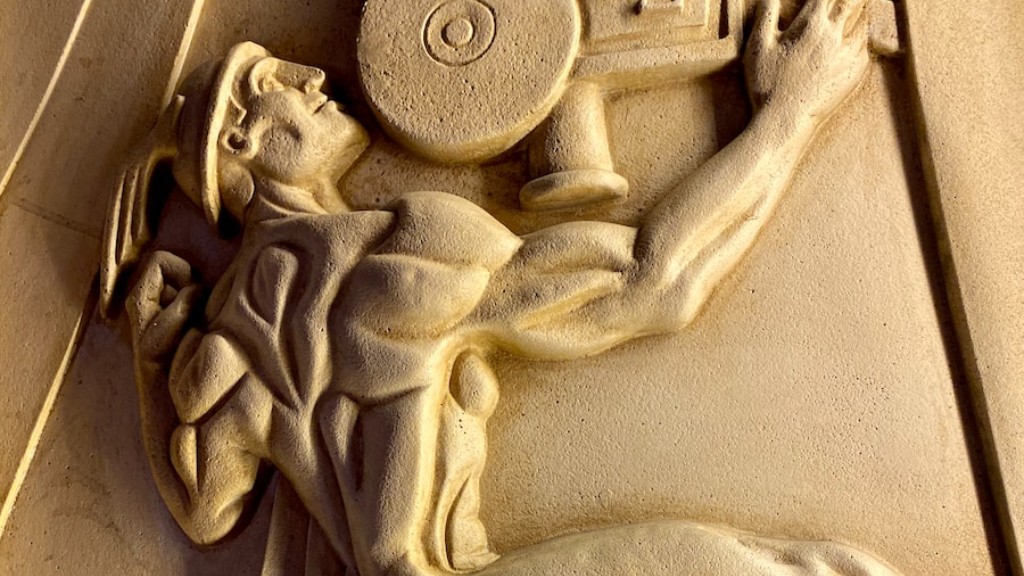The Social Classes of Ancient Rome
The society of ancient Rome was characterized by a hierarchical structure, with various social classes that played essential roles in the functioning of the empire. These social classes, known as the patricians, plebeians, and slaves, shaped the everyday life, politics, and economy of ancient Rome. In this article, we will explore each of these classes in detail.
Patricians
The patricians were the highest social class in ancient Rome, encompassing the aristocracy and wealthy landowners. They held immense political power and dominated the positions of authority in the Roman government. The patricians, who were believed to be descendants of the original senators appointed by the early Roman kings, constituted a small percentage of the overall population.
Members of the patrician class controlled significant amounts of land and had access to great wealth. They resided in opulent villas and were known for their luxurious lifestyles. The patricians were also the only ones eligible to hold high-ranking positions in the Roman army. They often served as senators, magistrates, or diplomats, contributing to the decision-making process and governance of the empire.
Plebeians
The plebeians were considered the common people of ancient Rome, comprising the majority of the population. This social class consisted of individuals from various backgrounds, including farmers, traders, and craftsmen. Although they did not possess the same level of influence and power as the patricians, the plebeians played a crucial role in the social and economic fabric of the empire.
Plebeians had limited access to political power during the early years of the Roman Republic. However, through continuous struggles and protests, they managed to secure political representation and rights within the system. The elected plebeian officials known as tribunes acted as advocates for the plebeians and helped protect their interests.
Most plebeians lived in simple dwellings within the city walls. They worked in various occupations and depended on their labor for sustenance. Although some plebeians were able to accumulate considerable wealth through successful business ventures, the majority lived relatively modest lives.
Slaves
Slavery was prevalent in ancient Rome, with slaves constituting a significant part of the population. Slaves were individuals who were considered property and owned by others, typically belonging to the patrician or wealthy plebeian class. They had no personal freedom, rights, or social status.
Slaves were acquired through various means, including conquests, purchase, or inheritance. They performed various tasks, ranging from manual labor to skilled trades, household chores, and even entertainment. Slaves were essential in maintaining the lifestyle enjoyed by the upper classes.
While some slaves endured harsh conditions and rigorous work, others were treated more kindly and had relatively better living conditions. The treatment of slaves varied depending on their owners and their specific roles. In some cases, slaves could gain their freedom through acts of bravery, special achievements, or by being granted liberty by their owners.
Conclusion
The social classes of ancient Rome, namely the patricians, plebeians, and slaves, played integral roles in shaping the dynamics of the empire. The patricians, with their wealth and political power, governed the state, while the plebeians, though subordinate, contributed to the economy and exerted their influence through organized protests and advocacy. The slaves, on the other hand, were the backbone of Roman society, ensuring the smooth functioning of households and providing valuable services to their owners. Understanding these social classes allows us to gain insight into the ancient Roman civilization and the mechanisms that sustained it.


